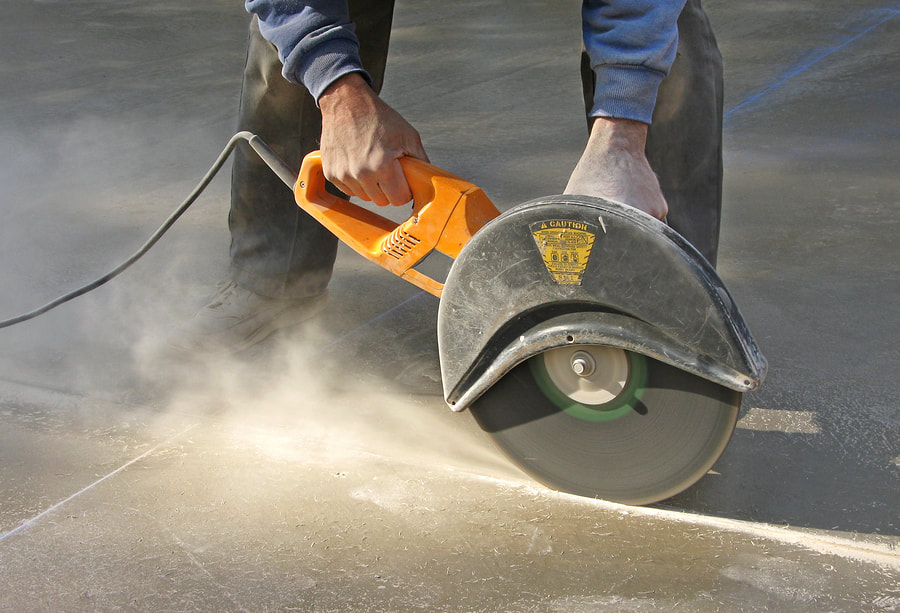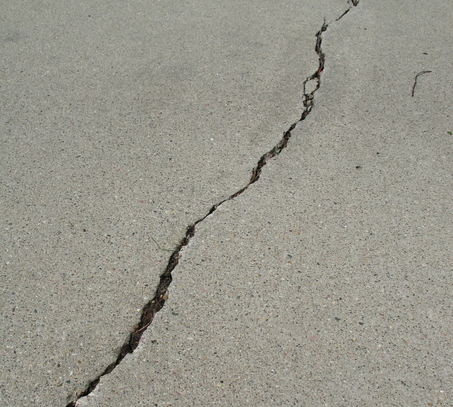Wollongong Concrete
CALL US TODAY!
Concrete Repairs
|
Having concrete in or around your home likely means that it’ll need a few repairs over time. Like any building material that’s seen extensive use over the course of a few years, concrete tends to cracks and crumble with natural causes. Whether you’ve been parking your vehicle on the surface, a slab holding up a shed, or it’s been holding your outdoor pool in place, it’s perfectly normal for a crack or two to make its way into your concrete surface at some point or another. However, if your concrete is newer and starts to prematurely crack, there’s likely a problem with its ratios or pouring technique.
Causes Concrete deteriorates for a number of reasons, the common ones being natural wear and tear, shifting in your home’s outdoor area, weather, as well as improper pouring and drying techniques. Whatever the cause of your concrete’s damage, professional concrete contractors are able to address and assess it. Depending on the type of damages you have will also correlate with the appropriate repair methods, along with future preventative instructions to keep your concrete safe from further damage. |
|
Concreting Wollongong
QUESTIONS?
Cracks
There are various types of concrete cracks that can occur with multiple causes. The most common type of cracking is usually due to a shift in the foundation of your home or property, the added stress, and penetration of other building units or trees, or the soil movement. Since concrete has a tendency to shrink and expand, as a result of water and temperature exposure, it’s not unusual that it would react to the effects of weather changes. Cracks can also come from heavy pressure being placed on top of it and especially concrete slabs that are often designed to withhold only so much weight, cars on driveways are a perfect example. Other common causes are the result of poor mixture ratios or failed attention to drying and processing time.
There are various types of concrete cracks that can occur with multiple causes. The most common type of cracking is usually due to a shift in the foundation of your home or property, the added stress, and penetration of other building units or trees, or the soil movement. Since concrete has a tendency to shrink and expand, as a result of water and temperature exposure, it’s not unusual that it would react to the effects of weather changes. Cracks can also come from heavy pressure being placed on top of it and especially concrete slabs that are often designed to withhold only so much weight, cars on driveways are a perfect example. Other common causes are the result of poor mixture ratios or failed attention to drying and processing time.
Holes
If you have newly-installed concrete that has already begun to develop holes or craters in its surface, it’s likely the result of imbalanced mixtures. When a concrete mixture becomes overly-exposed to air, it can cause it to bubble or sink, once completely dried. Even if your mixture is not exposed to excessive air, it could still suffer from holes if the weather has not been accounted for when planning to resurface or install concrete. Like yourself, concrete enjoys mild temperatures that are neither too hot nor too cold, but somewhere in the middle, so it is crucial that the weather and temperature remain appropriate to pour and dry a solid concrete surface.
Repairs
For cracks and holes alike, our approach to repairs is simple – to get your concrete secure again! We know that cracks can look unsightly and holes can cause injury, so we take on the challenge of repairing concrete by using sealing techniques that have been altered to combat your specific type of concrete damage. For concrete streaks or thinner cracks, we use sealing agents that help even out the surface of your concrete, while holes are cleared and refilled using new concrete.
If you have newly-installed concrete that has already begun to develop holes or craters in its surface, it’s likely the result of imbalanced mixtures. When a concrete mixture becomes overly-exposed to air, it can cause it to bubble or sink, once completely dried. Even if your mixture is not exposed to excessive air, it could still suffer from holes if the weather has not been accounted for when planning to resurface or install concrete. Like yourself, concrete enjoys mild temperatures that are neither too hot nor too cold, but somewhere in the middle, so it is crucial that the weather and temperature remain appropriate to pour and dry a solid concrete surface.
Repairs
For cracks and holes alike, our approach to repairs is simple – to get your concrete secure again! We know that cracks can look unsightly and holes can cause injury, so we take on the challenge of repairing concrete by using sealing techniques that have been altered to combat your specific type of concrete damage. For concrete streaks or thinner cracks, we use sealing agents that help even out the surface of your concrete, while holes are cleared and refilled using new concrete.

